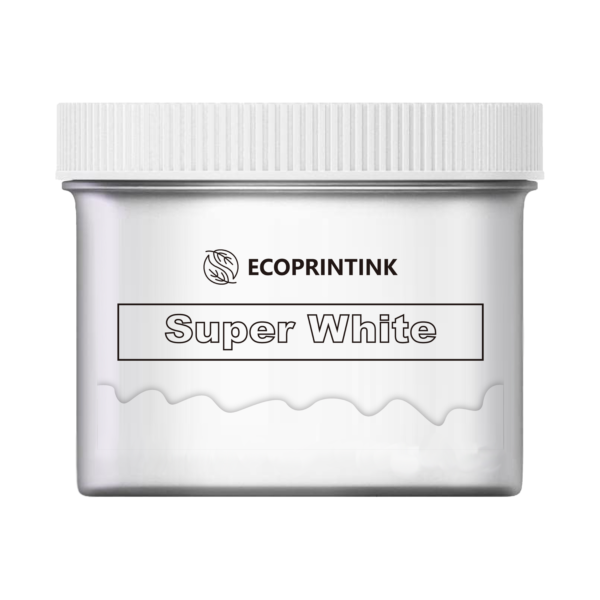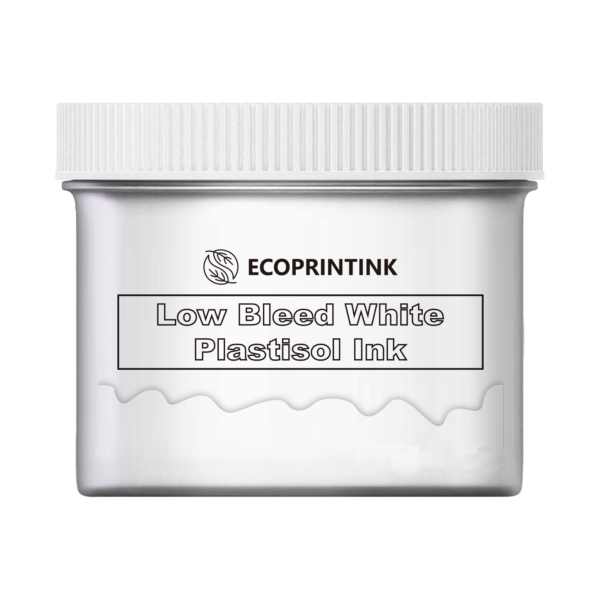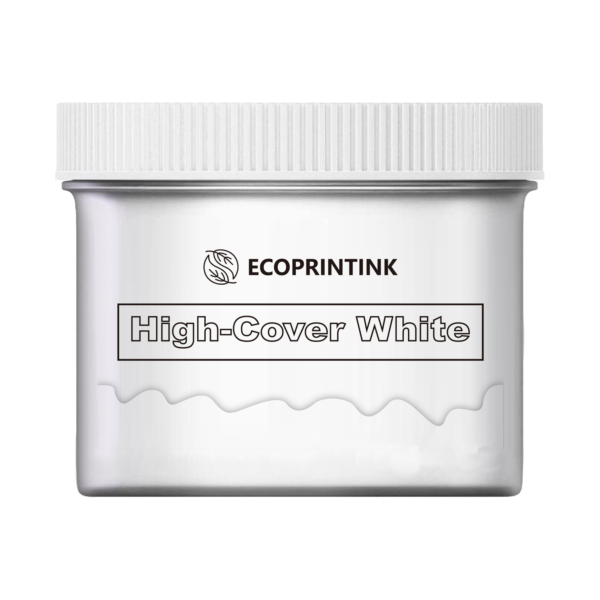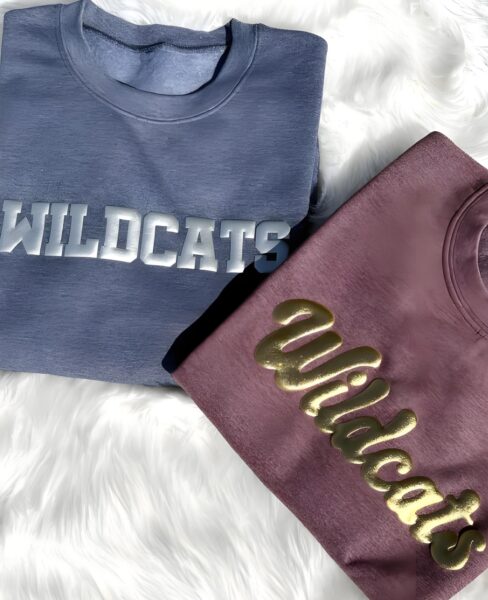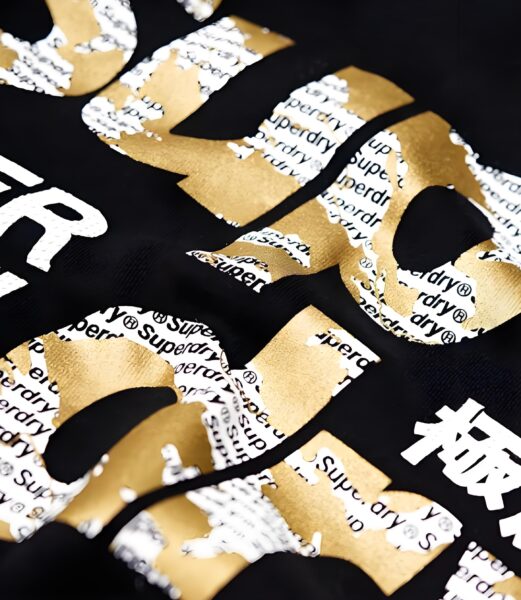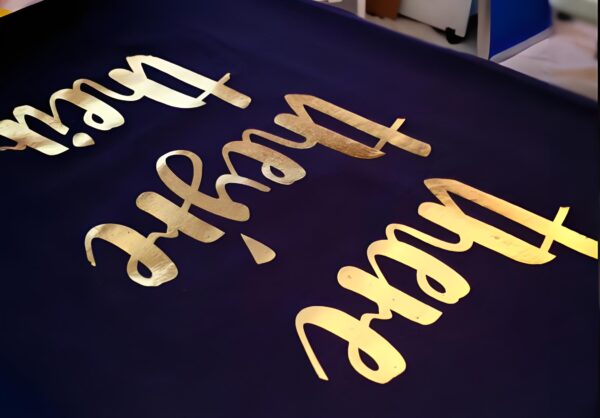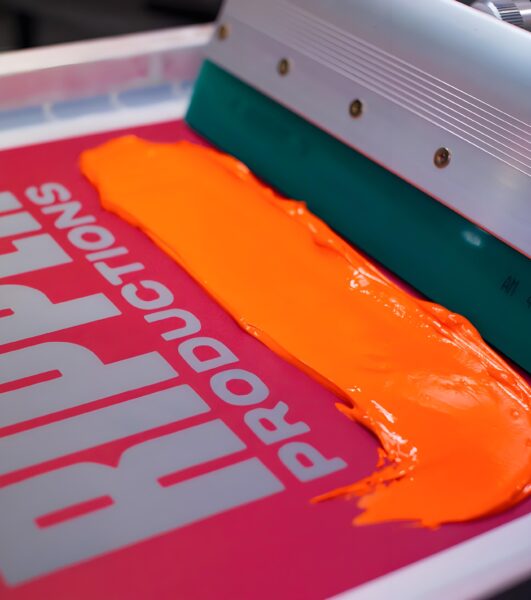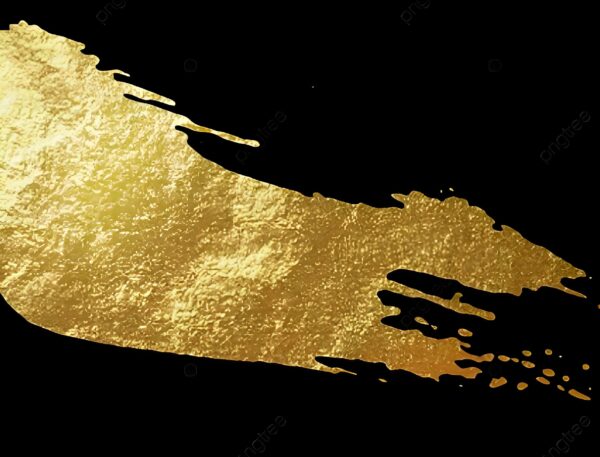Unlock the vibrant world of textile art! This article dives deep into everything you need to know about screen print techniques, choosing the right screen printing ink—including Speedball, Jacquard, and fabric screen printing ink—plus tips to help you achieve perfect results on any textile. Whether you’re a beginner or a pro, if you want bold, professional, and lasting prints on fabric, this is a must-read.
Table of Contents
1. What is Screen Print? Understanding the Basics of textile screen printing ink
Screen print, additionally referred to as silk screen printing or serigraphy, is a flexible printing technique used drastically in the fabric enterprise and with the aid of great art creators. A mesh stencil (frequently artificial fabric, traditionally silk) is tensioned on a frame. The layout, described by means of a stencil, permits ink to be pressed through onto the underlying fabric.
This printing procedure is valued for its ability to provide vibrant hues, sharp lines, and crisp opacity on a wide range of material types. Whether you’re printing on cotton, blends, or artificial fibers, display screen print offers a unique, tactile end result that stands out as compared to other fabric printing methods like direct printing or warmth transfer.
Silk display screen printing’s adaptability has made it a mainstay in artwork prints, industrial textile production, and DIY initiatives alike. As you discover the variety of display printing, you’ll discover why it’s so famous amongst display screen printers and textile artists.
2.How Does Screen Printing Ink Work? An Inside Look at Inks for textile screen printing ink
Screen printing ink is in particular formulated to bypass via the open areas of a stencil or design and bond with textile fibers. The particular viscosity of screen printing ink ensures smooth, even application, and wonderful colour saturation.
The key to a success printing on cloth is selecting the proper ink on your material—be it natural or artificial fabric. The interplay between the cloth and the ink, along with water-based or plastisol, determines the texture, vibrancy, and sturdiness of the printions. Whether using block printing ink, acrylic screen printing ink, or sophisticated screen printing ink sets, understanding ink chemistry and application ensures your art materials create lasting, professional results.
3. Types of textile screen printing ink: Water-Based, Plastisol, and More
There are numerous varieties of material screen printing ink available to healthy one of a kind styles, fabric, and applications. The maximum not unusual are water-primarily based ink, plastisol ink, and acrylic-primarily based inks.
Water-primarily based ink is prized for its eco-friendliness and gentle, breathable prints. It penetrates textile fibers for a easy finish. Plastisol ink, by way of contrast, sits atop the cloth, presenting bright opacity and sturdiness, making it the go-to ink for business display printers.
For painting on fabric and art prints, acrylic display printing ink grants wealthy, lengthy-lasting shade and versatility. Newer alternatives additionally consist of silicone inks and hybrid formulation like Permaset Aqua, which integrate the fine trends of conventional inks with progressed environmental performance and wash resistance.
4. Which Is Better: Plastisol Ink or Water-Based Ink for textile screen printing ink?
Choosing between plastisol and water-based totally textile display screen printing ink depends on the preferred impact and substrate. Plastisol ink is a PVC-based ink that, after heat placing, produces vibrant, opaque prints—perfect for darkish fabric or bold logos. It’s highly regarded inside the display screen printing industry for its consistency and simplicity of use.
Water-based totally ink, in the meantime, soaks into the fabric. It creates a softer, lighter experience, perfect for printing on mild-colored textiles, style clothes, and eco-conscious tasks. Water-based inks usually require extra ability and quick drying, however the effects—gentle prints and much less environmental effect—are favored in boutique and artisan applications.
Other based totally inks, such as acrylic or hybrid inks, cater to distinctiveness wishes, blending the strengths of plastisol and water-based totally formulations for a broad spectrum of fabric display screen printing applications.
5. Is Speedball or Jacquard the Best Ink for Textile Screen Printing Ink?
When it comes to material ink for display screen print initiatives, Speedball and Jacquard are of the most trusted manufacturers, both offering awesome advantages for fabric artists.
Speedball cloth screen printing ink is famend for ease of use, shiny shade choice, and reliability. It’s suitable for numerous fabric, such as blends and synthetics. Speedball’s geared up-to-use formula and amazing opacity make it a fave amongst beginners and professionals.
Jacquard expert display printing ink shines for its high pigment load, flexible finish, and suitability for each fine art and industrial textile printing. Jacquard offers specialized alternatives, along with opaque material screen printing and inks formulated for synthetic fibers.
Ultimately, the pleasant ink comes all the way down to your challenge needs, fabric kind, and preferred finish. Many display printers maintain both manufacturers of their studio to cowl the full range of display printing fabric packages.
6.Starter Set Essentials: What You Need for Textile Screen Printing Ink Success
Starting out in fabric display printing? Investing in a well-rounded material display printing starter set or display printing ink set is precious for exploring the craft and accomplishing professional effects from day one.
An best starter set usually consists of a silk screen, robust frame, squeegee, stencil material, and your preference of material screen printing ink (along with Speedball or Jacquard). Some units additionally consist of block printing ink, cleaning supplies, and pattern textiles for exercise.
When assembling your very own screen printing substances, look for screen ink that gives precise wash-fastness and colourful colours. Consider a variety of ink colors and do now not forget specialty merchandise like opaque ink for darkish fabrics and screen printing acrylic for artistic consequences.
7. Step-through-Step: How to Screen Print on Textile Screen Printing Ink
Screen printing on fabric with acrylic display screen printing ink combines the accessibility of material paint with the professional satisfactory of screen printing. Here’s the way to do it:
- Prepare Your Stencil and Silk Screen: Affix your stencil to a tightly stretched silk screen frame. Use protecting tape or a drawing fluid/display screen filler method for DIY displays.
- Position Your Textile: Place your cloth on a flat surface, securing the rims if essential to prevent motion.
- Apply Acrylic Screen Printing Ink: Pour a line of acrylic display screen printing ink alongside the pinnacle edge of the screen. Use a squeegee to tug the ink across the stencil, applying firm, even stress.
- Cure and Heat Set: For permanent outcomes, many acrylic inks require warmness putting—use an iron or heat press in line with the ink’s commands.
- Finish and Enjoy: Once dry, your custom fabric print is prepared for put on or display!
Acrylic display printing ink is to be had in a large variety of colors and is in particular popular with fabric artists for its vibrant end and flexibility in portray on material.
8.What Makes Opaque Fabric Screen Printing Ink Stand Out for Dark Fabrics?
Opaque ink, in particular formulated for dark fabric, is a sport-changer in the screen print international. Opaque fabric screen printing ink consists of better pigment concentrations and often makes use of a distinctive binder device to make sure insurance and coloration brilliance even on black or richly coloured textiles.
Products like Permaset Supercover and opaque formulation from depended on brands like Speedball and Jacquard professional screen ink make certain your prints continue to be vivid and visible. Opaque screen ink additionally boasts splendid opacity, which is essential in case your layout calls for white or light hues atop deep textile backgrounds.
Choosing the right opaque ink shall we artists push creative limitations and reap professional effects, improving both the utility and creative cost of the printing process.
9. Key Screen Printing Supplies for Textile Artists
Screen printing on fabric requires extra than just ink and screens. Essential display screen printing substances consist of:
- Mesh monitors in one of a kind mesh counts for huge or exceptional details.
- Squeegees for ink utility.
- Stencil materials, consisting of emulsion or hand-cut stencils.
- Quality fabric ink (Speedball, Jacquard, or Permaset).
- Cleaning products for ink elimination and upkeep.
- Heat set gear to restoration the ink onto cloth.
- Sample textiles to check ink colors and opacity.
A robust setup allows consistent outcomes, encourages experimentation, and is the backbone of successful fabric display printing.
10.Top Tips for DIY Screen Print and Painting on Fabric
The DIY display print movement is flourishing, thanks to the accessibility of substances and facts. If you’re interested in painting on material or starting a display printing venture at domestic, here are key suggestions:
- Choose the right ink for screen printing: Consider material type and color—water-primarily based for soft hand, plastisol for insurance, or acrylic for flexibility.
- Practice screen printing acrylic or material ink on scrap textiles earlier than committing to very last pieces.
- Master the stencil: Well-made stencils are key for sharp designs. Test with artwork materials and numerous strategies till you locate what works great.
- Upgrade step by step: Start with a fabric display screen printing starter set and upload professional tools as your hobby grows.
- Experiment with block printing ink and hybrid procedures: Many strategies and ink gives are out there—integrate and customise for particular prints.
- DIY display screen print tasks are a gateway into the bigger screen printing industry, allowing creativity whilst information which printing methods and inks to be had fit your needs.
Summary: Key Takeaways for Textile Screen Printing Success
- Screen print is one of the most flexible and enduring textile printing techniques.
- Screen printing ink is available in numerous formulations: water-primarily based, plastisol, acrylic, and greater.
- Speedball and Jacquard are pinnacle manufacturers for fabric display screen printing ink.
- Plastisol ink is ideal for opaque, vibrant designs on dark textiles; water-based for eco-friendliness and gentle hand.
- Use a starter set or bring together critical display printing elements for satisfactory results.
- Acrylic display printing ink gives wealthy colour and sturdiness—remarkable for artistic tasks.
- Opaque material display printing ink ensures insurance on darkish fabric for standout prints.
- Practice extraordinary display printing strategies and experiment with ink colorations and printing packages.
- A robust understanding of stencil layout, warmth set strategies, and the right art substances will elevate your textile display printing.
- DIY and professional procedures both provide ways to explore and grasp textile screen printing.
With the right combination of information, substances, and creativity, your fabric display printing adventure is constrained handiest via your creativeness!


.jpeg)
